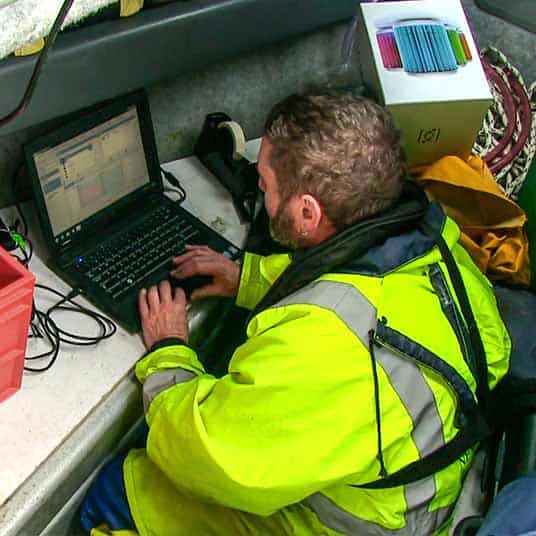Seafood Safety
Science that protects public health and our seafood industry’s reputation and access into global markets.
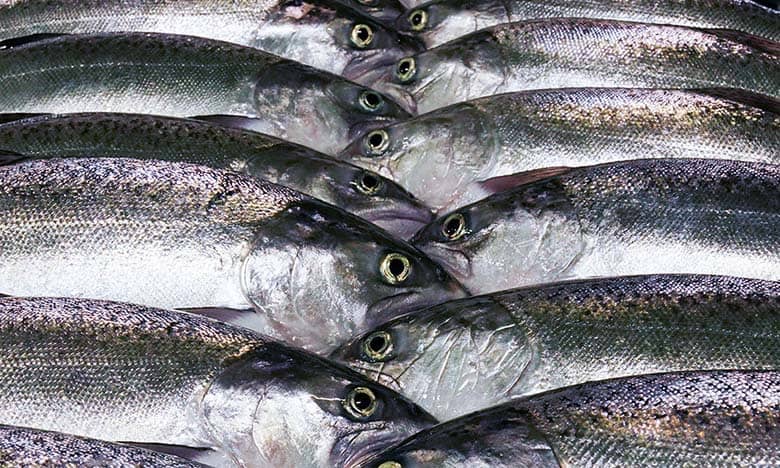
Seafood Safety
Science that protects public health & our seafood industry’s reputation & access to global markets.
We are leaders in the field of seafood safety research and development, with expertise in the fields of marine biotoxin detection, harmful algal bloom monitoring, food safety compliance and certification testing to ensure market access.
Harmful Algal Blooms
Harmful algal blooms (HABs) are a seafood safety threat and have the potential to negatively impact human health and cause significant economic and reputational damage to the seafood industry.
Understanding the ecology of HABs is the vital first step in mitigating their threat – what causes them, how do they spread, and how might environmental factors like climate change increase their severity and frequency. The Cawthron Institute Culture Collection of Microalgae is an important resource we draw upon for research.
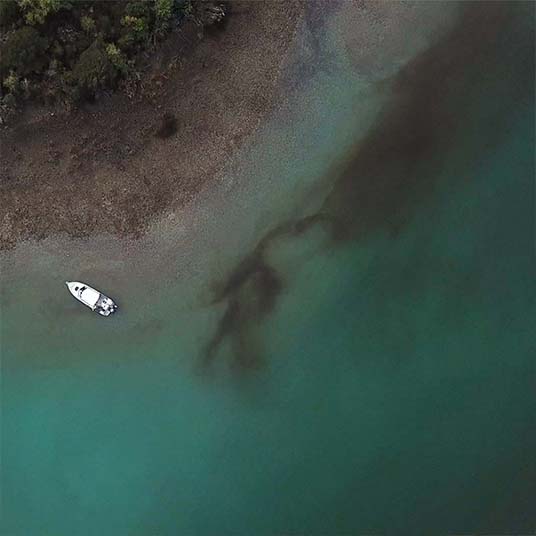
Monitoring Tools
Our researchers are experts in the development of monitoring tools and technologies that identify HABs, providing early warning to the seafood industry and mitigating risks to public health.
These tools include routine monitoring, new technologies for HAB detection and prediction, molecular tools for species identification and modelling of bloom events.
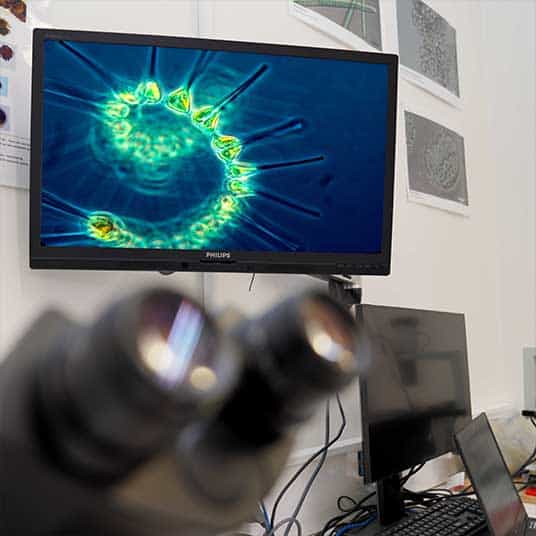
Marine Toxin Discovery and Analysis
Cawthron Institute is internationally recognised for marine biotoxin identification and testing with expertise in the development of faster and more reliable analytical methods. Our services promote food safety by providing early warning of toxin levels in seafood while they are still well below regulatory limits. Our method for testing PSP toxins in shellfish has now been internationally validated, helping to set a world standard for the global seafood industry.
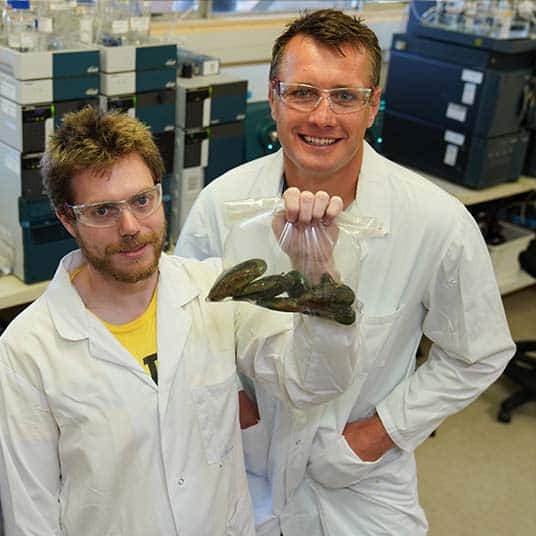
Microbial Contaminants
Our routine testing services include a variety of foods, with a primary focus on seafood. Our research includes the development of microbial source tracking tools and quantitative methods to characterise the dispersion and dilution of wastewater discharges using in situ water quality monitoring, tracer studies, hydrodynamic modelling and remote sensing data.
